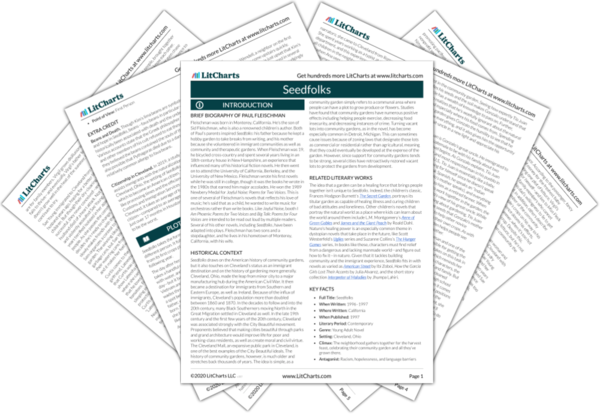The little girl is Kim, planting her lima beans by the refrigerator. Readers know that Kim looks around with suspicion because she’s afraid to be in the lot—but to Ana, who seems generally untrusting of young people, this seems to indicate Kim is doing something illegal. Ana implies that illicit activity isn’t unusual in this neighborhood, even for a girl of nine. But it’s also worth keeping in mind that in her work for the police department, Ana would’ve
only been exposed to the stories of kids who were getting in trouble. Because of her experience, her perspective may be skewed.


